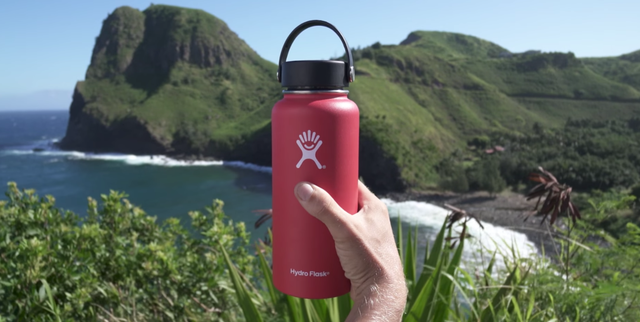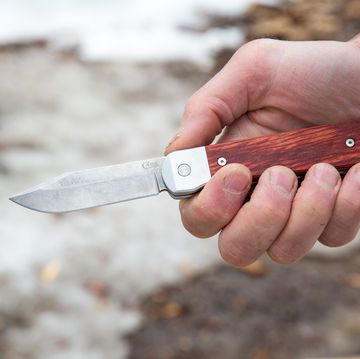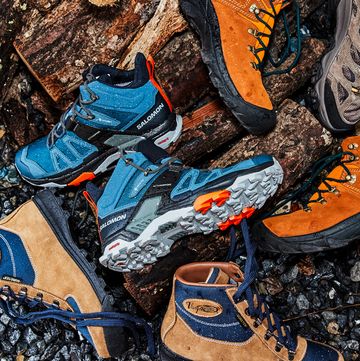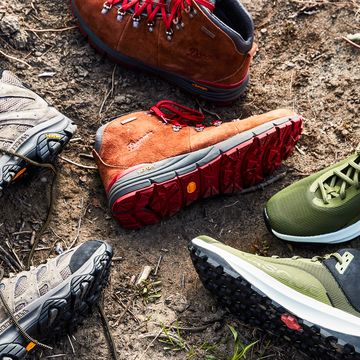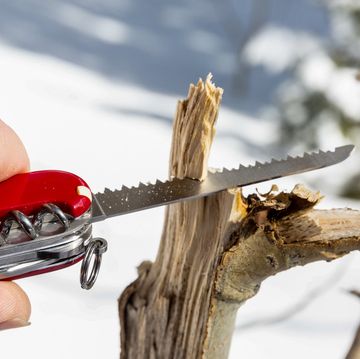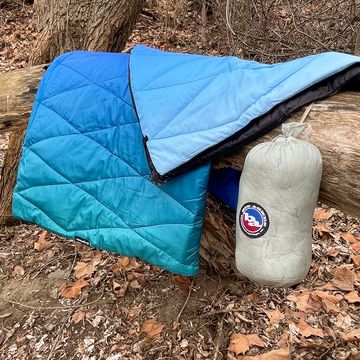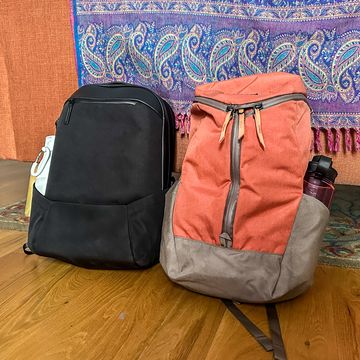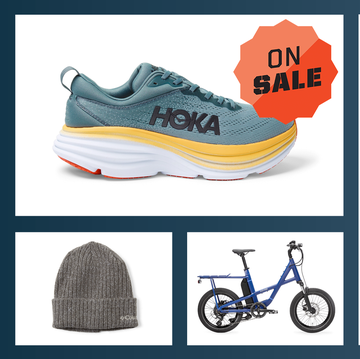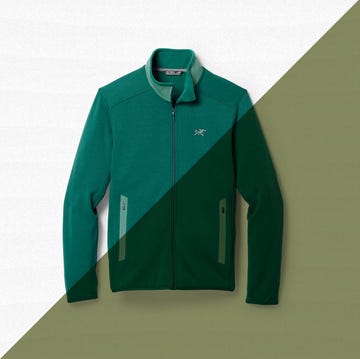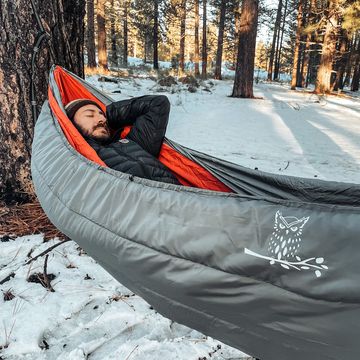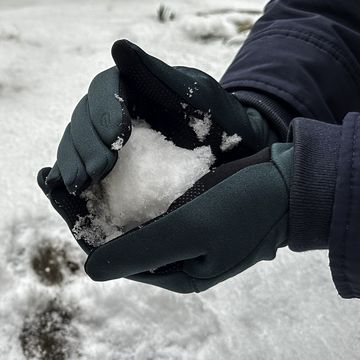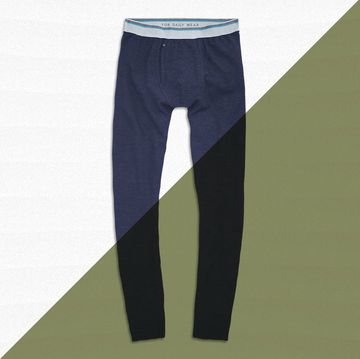It's hard to miss the rainbow wall in the hydration section of your local REI, replete with an array of colors, sizes, and special edition bottles. Walk the sidelines at a youth sports tournament and you're bound to see those powder-coated bottles of “lemon yellow” and “tangerine” shine through.
Suddenly, Hydro Flask seems to be the outdoor world's water bottle of choice, having joined brands like Yeti in the "premium outdoor" space—that is, gear that'll cost you, but will also last forever. The Bend, Ore. company has shown up in nearly every corner of the outdoor market, pushing its colorful bottles into Hawaiian surf shops, outdoor stores across the nation, and even the executive boardrooms of huge companies.
What's their secret? According to general manager Scott Allan, it's... nothing.
Allan's "nothing" is the vacuum space that keeps beverages cold for 24 hours and hot for six hours. With an inner steel bottle, outer steel bottle and vacuum between, the natural insulator doesn’t give cold—or heat—a medium to travel.
Now, such vacuum technology has a deep, 100-year history thanks to the famous Stanley Thermos, and it can be found in other high-end bottles and containers today. But when Hydro Flask debuted in 2009, it took a different approach. Where Thermos made a name for keeping beverages warm, Hydro Flask put its focus on keeping water cold for the more adventure-prone among us. “That is the novelty of the innovation, and no one had connected those dots,” Allan says. “There was a large water-bottle market, but if you think about ice water, it wasn’t keeping it cold.”
Hydro Flask's breakthrough was to brainstorm a new way to develop and market this old technology. In addition to focusing on the keeping-cold issue, the company upgraded its caps with a new honeycomb insulation pattern and steel lugs for strength. And crucially, it invented the signature powder-coated exterior, which serves a dual purpose: making the bottles durable enough to withstand days in the wilderness, and—along with the array of color options—giving Hydro Flask a trademark look.
Even so, breaking into the water bottle market wasn’t easy. Even just getting shelf space at stores proved tricky. To get noticed, the Hydro Flask team shipped water bottles full of ice from Oregon across the country to dealers in hot weather climates. Sales reps would drop bottles of ice water at dealer offices, asking them to give them a call when the ice melted. “We had to get people to experience the product, and we couldn’t do that by telling them or through a picture,” Allan says.
That buzz worked. After taking off in Oregon in 2012, Hydro Flask began conquering the Pacific Northwest in 2013 before moving to the beaches of Hawaii by 2014, and then worldwide. Pairing up with major outdoor brands certainly didn't hurt, Allan says. Collaborations with Patagonia, REI, Hurley, Olukai, Kelly Slater’s Outerknown but Hydro Flask's flash bottles front and center, where they've stayed ever since. The biggest team-up came when the Portland-based outdoor brand Columbia handed out Hydro Flask products to all its executives on a retreat, quickly forming the most important relationship in Hydro Flask's history, Allan says.
Expanding on its success with vacuum-sealing H20, Hydro Flask is now bringing its expertise into a similar demographic with the first vacuum-insulated beer growler and soft-shell coolers. It's a pretty impressive example of turning "nothing" into a lot of something.
Tim Newcomb is a journalist based in the Pacific Northwest. He covers stadiums, sneakers, gear, infrastructure, and more for a variety of publications, including Popular Mechanics. His favorite interviews have included sit-downs with Roger Federer in Switzerland, Kobe Bryant in Los Angeles, and Tinker Hatfield in Portland.
